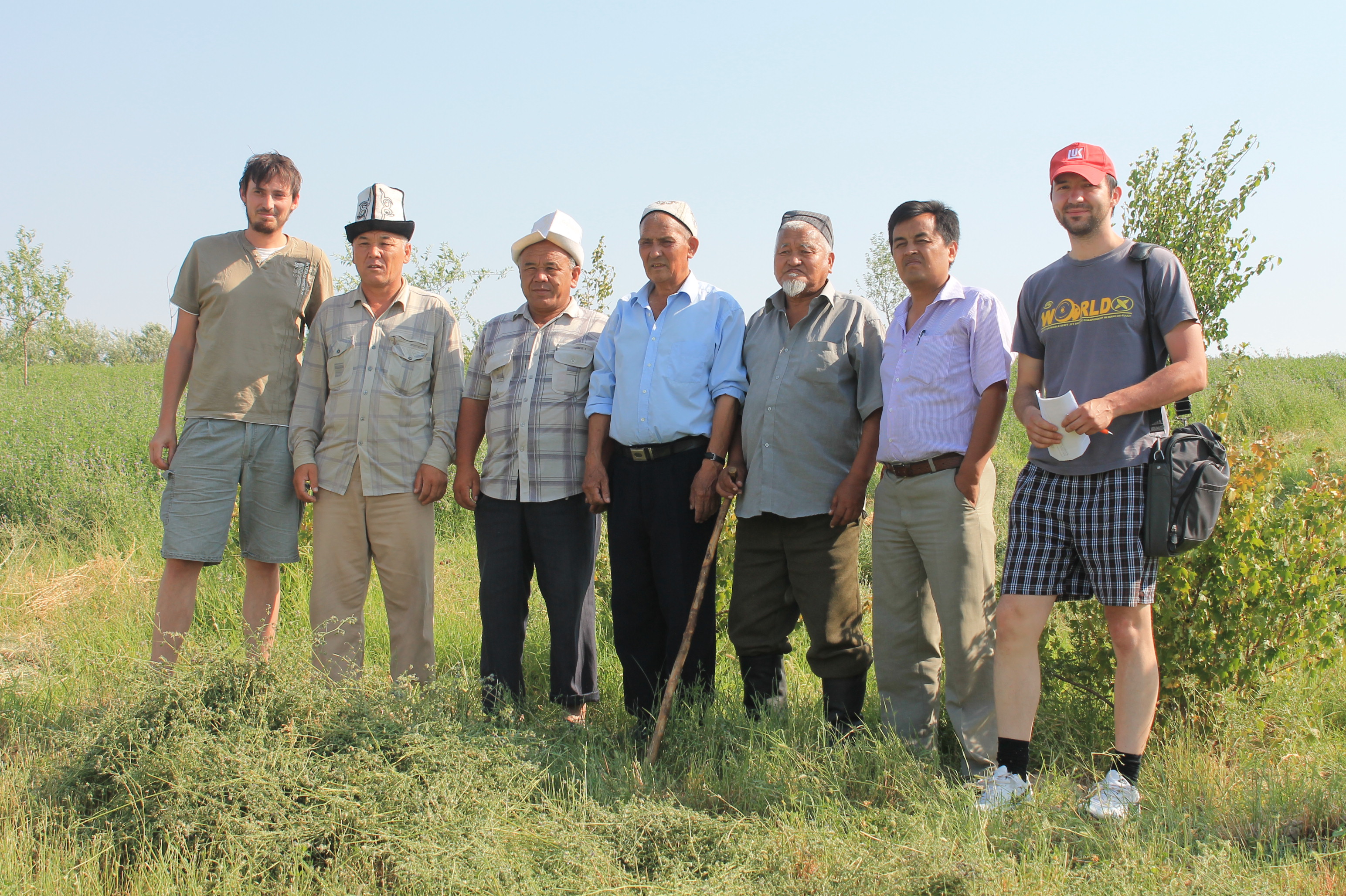A team of academic staff from FTZ CZU Prague, namely Iva Kučerová, Zbyněk Polesný, Ayat Ullah and Vladimír Verner, undertook an expedition to the Central Asian country of Kyrgyzstan.
The 10-day trip encompassed meetings with the partner organisation, the University of Central Asia, in particular its Department of Research and Development of Mountain Areas, the Mountain Society Research Institute, and the detached campus in Naryn. The delegation also visited the 2017-2022 one of the research areas of cooperation with the German Rhein-Waal University and funded by the German Federal Ministry of Education and Research (BMBF).
The delegation also visited the Kyrgyz National Agrarian University to discuss further opportunities for cooperation, which dates back to 2006, and in particular the impact of a project jointly implemented in the Leylek district in 2008-2010, funded by the Ministry of Agriculture of the Czech Republic. The project aimed at improving the livelihood of local households through promoting agroforestry practices, particularly fruit orchards, and food processing with the aim of improving the quality and diversity of fruit products and ensuring sufficient fodder for livestock. The initiative was primarily focused on supporting on poor households facing migration and climate change challenges. The project also invested in the development of irrigation systems and access to water resources.
The expedition also used the opportunity to visit the project's target areas in Kulundu administrative district (Leylek district, Batken province). Due to various challenges, this was the first visit to the site since 2012, when the FTZ team last visited the site as part of research they were conducting in the mountainous areas of southern Kyrgyzstan, which aimed to explore local traditional knowledge, use and commercialisation of medicinal plants.
With these activities, the FTZ has joined several Czech and Czechoslovak institutions and initiatives that have historically supported this region, in some cases since the 1920s.


